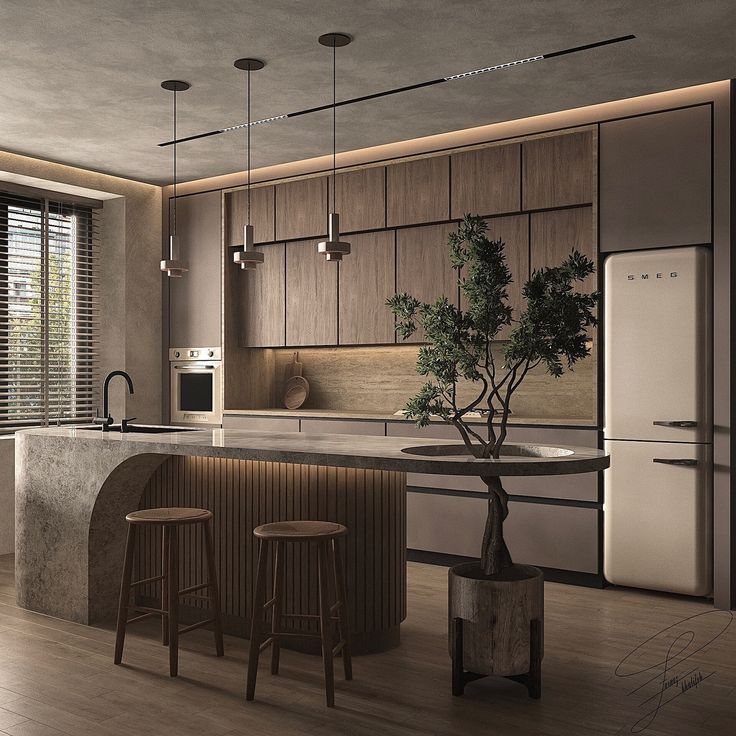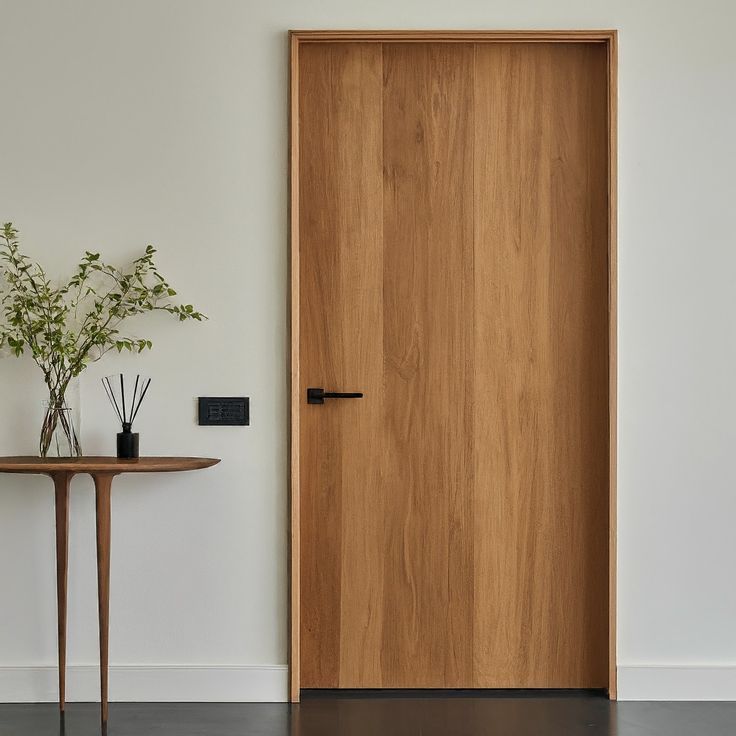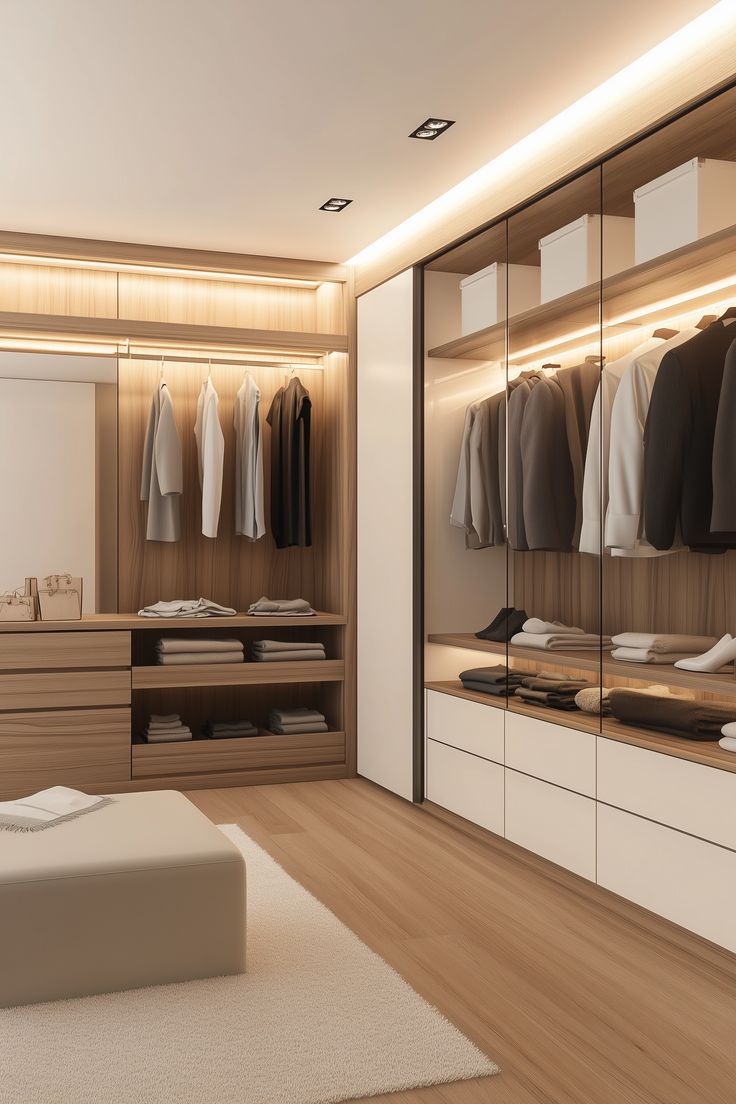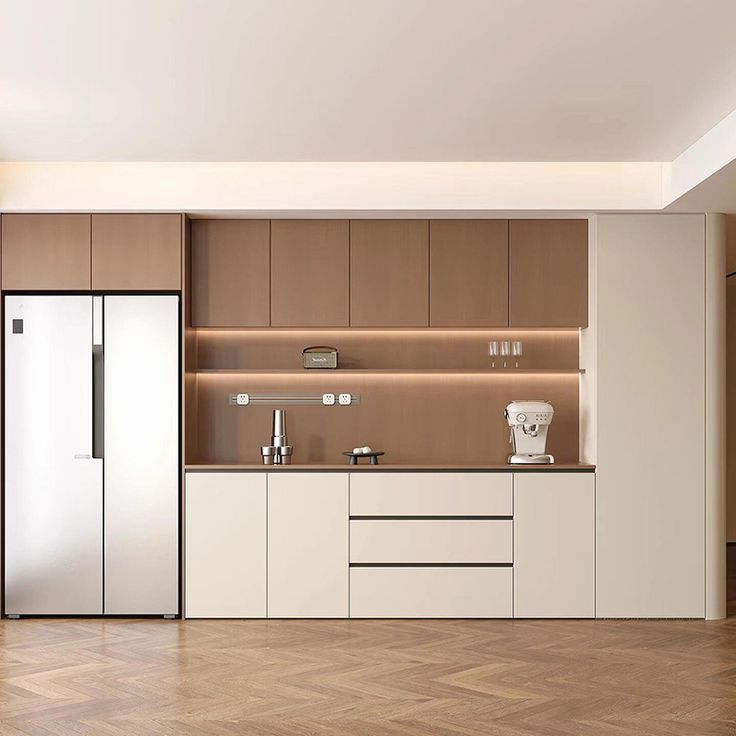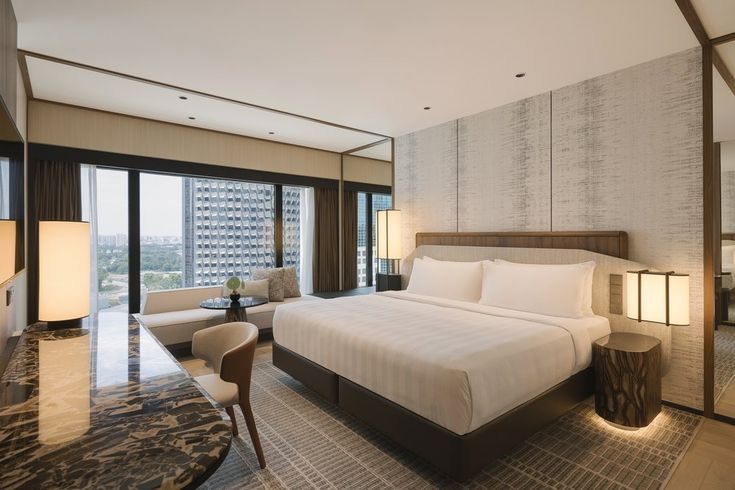Total Cabinetry And Joinery Solution
ENG
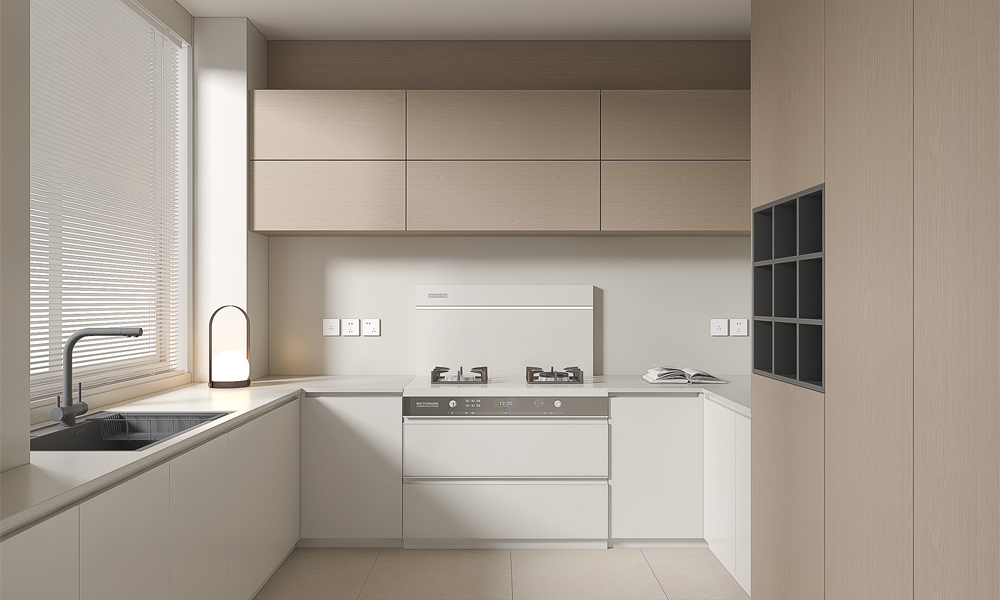
Living near the coast offers unique beauty and a relaxed lifestyle—but it also brings challenges, especially when it comes to kitchen cabinet materials. In coastal areas, the high humidity, salty air, and temperature fluctuations can damage furniture over time, particularly kitchen cabinets. This is why choosing durable, moisture-resistant materials is critical for long-term performance.
For homeowners planning a new kitchen or a custom kitchen cabinet remodel, selecting the right board material will ensure both style and durability. In this guide, we review five common kitchen cabinet materials—Plywood, Particle Board, MDF, HMR, and OSB—and analyze how each performs in coastal kitchen environments.
Plywood is widely regarded as one of the best kitchen cabinet materials for coastal areas. Its cross-layered structure, made from thin wood veneers glued in alternating grain directions, provides excellent moisture resistance and dimensional stability. Unlike solid wood, plywood cabinets are far less likely to warp or swell in high humidity.
For even better results, opt for marine-grade plywood or E0/E1 plywood. These options offer enhanced water resistance and lower formaldehyde emissions, making them ideal for eco-friendly custom kitchen cabinet projects.
Pros:
1、Excellent moisture resistance
2、Strong and durable
3、Good screw-holding capacity
4、Works with a variety of finishes
Recommended for: Premium custom kitchen cabinet builds in coastal homes.
Particle board, also known as chipboard, is made from compressed wood particles and resin. While it’s an affordable and widely available kitchen cabinet material, standard versions are not suitable for the high humidity of coastal areas.
Moisture-resistant particle board can be a better choice in moderately humid environments, but even then, it should be sealed properly to prevent swelling. In most coastal kitchens, particle board should be used sparingly and away from direct water exposure.
Pros:
1、Low cost
2、Smooth surface for lamination
3、Easy to source
Cons:
1、Limited moisture resistance
2、Less durable than plywood
Recommended for: Budget-conscious interiors with good ventilation, not for main structural custom kitchen cabinet use.
MDF is made by compressing wood fibers with resin under high pressure, resulting in a smooth, uniform surface that’s perfect for painted finishes and detailed designs. Many custom kitchen cabinet designs use MDF for decorative door panels because of its excellent machinability.
However, in coastal areas, standard MDF is prone to swelling if exposed to moisture. It should be used for cabinet fronts or decorative parts—not for structural components—unless fully sealed.
Pros:
1、Smooth finish, ideal for paint
2、Affordable and easy to shape
3、Consistent density
Cons:
1、Poor moisture resistance
2、Heavy and brittle when wet
Recommended for: Cabinet fronts or decorative panels in dry zones of a coastal kitchen.
HMR board is an upgraded kitchen cabinet material designed for high-moisture environments. Treated with water-repellent resins, it offers better dimensional stability and resistance to swelling compared to standard particle board or MDF.
In coastal areas, HMR is a smart and cost-effective option for custom kitchen cabinet carcasses and doors. While it doesn’t match the performance of marine plywood, it strikes a balance between price and durability.
Pros:
1、Excellent moisture resistance
2、Smooth surface for laminates
3、Stable in changing humidity
Cons:
1、Pricier than standard boards
2、Not suitable for direct, constant water exposure
Recommended for: Kitchen carcasses and doors in high-humidity coastal interiors.
OSB is made from large wood strands bonded with resin and arranged for maximum strength. While some high-grade OSB products (OSB3, OSB4) have improved moisture resistance, OSB is rarely used as a primary kitchen cabinet material in coastal areas.
Its rough texture, difficulty in lamination, and tendency to chip make it less appealing for visible surfaces. It’s better suited for hidden structural layers than for exposed custom kitchen cabinet finishes.
Pros:
1、High structural strength
2、Economical for sub-construction
3、Better moisture resistance than standard particle board
Cons:
1、Not visually appealing
2、Hard to achieve a smooth finish
Recommended for: Sub-panels or hidden structural parts—not for visible cabinet surfaces.
In coastal areas, plywood stands out as the most reliable kitchen cabinet material for durability and moisture resistance. HMR offers a practical alternative for budget-friendly custom kitchen cabinet projects, while MDF and particle board should be limited to dry, well-ventilated zones. OSB can be useful for hidden structural purposes but not for visible finishes.
Selecting the right kitchen cabinet materials from the start will help you create a coastal kitchen that’s not only stylish but also built to last against humidity, salty air, and seasonal changes.
